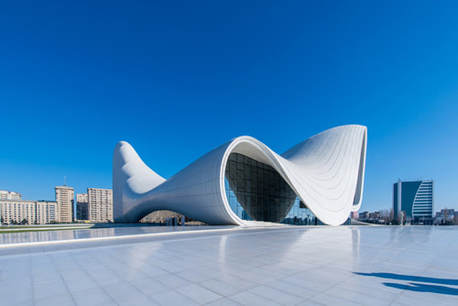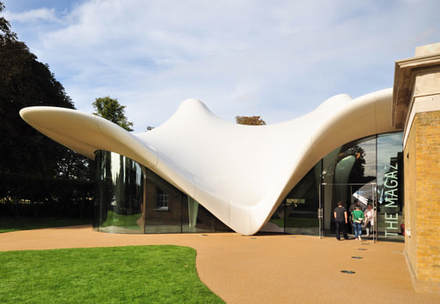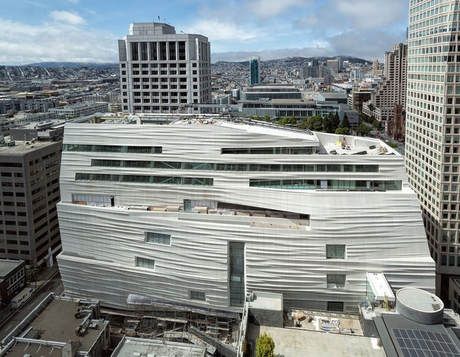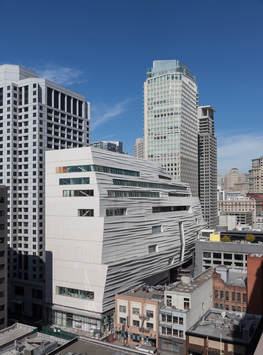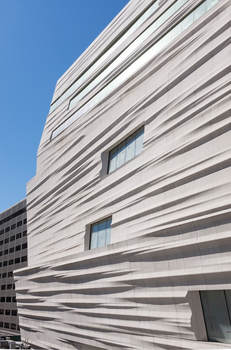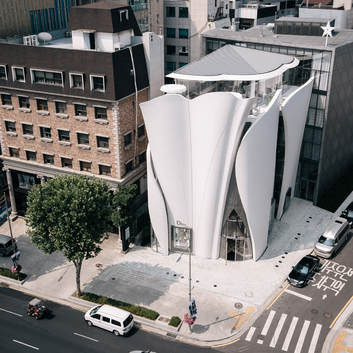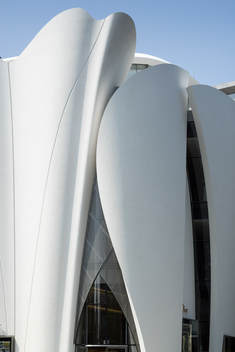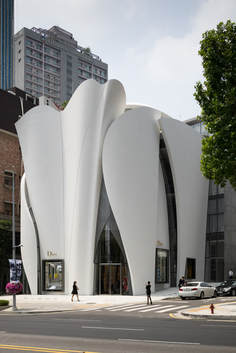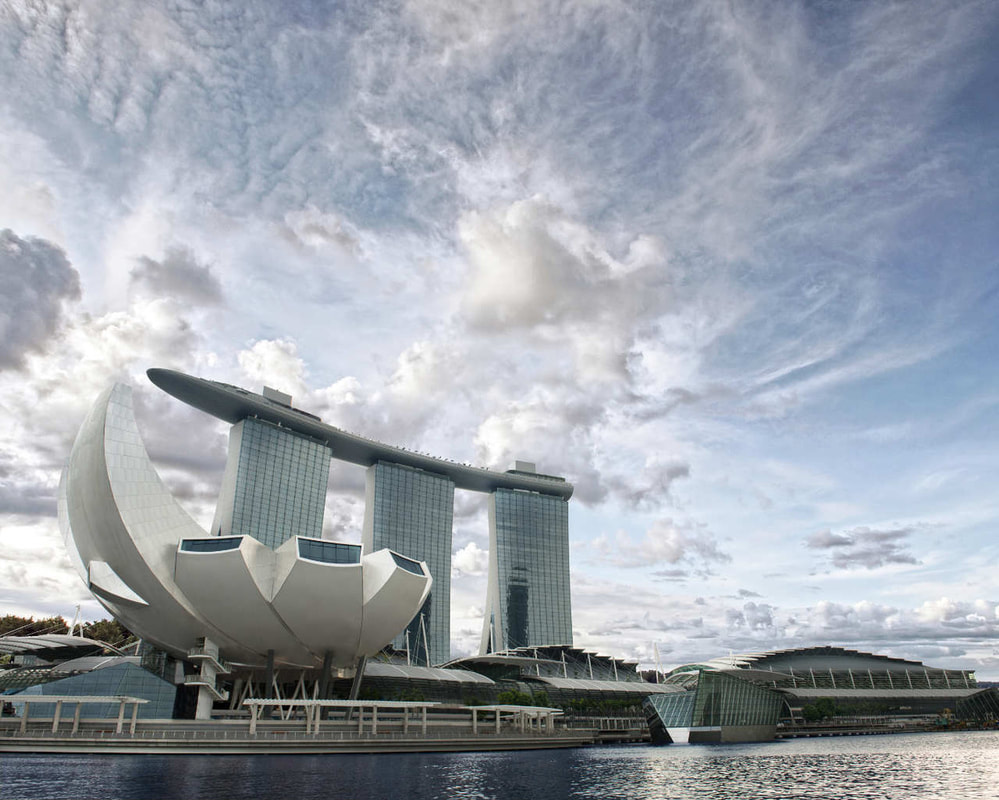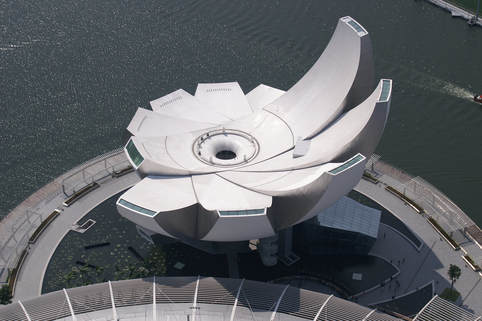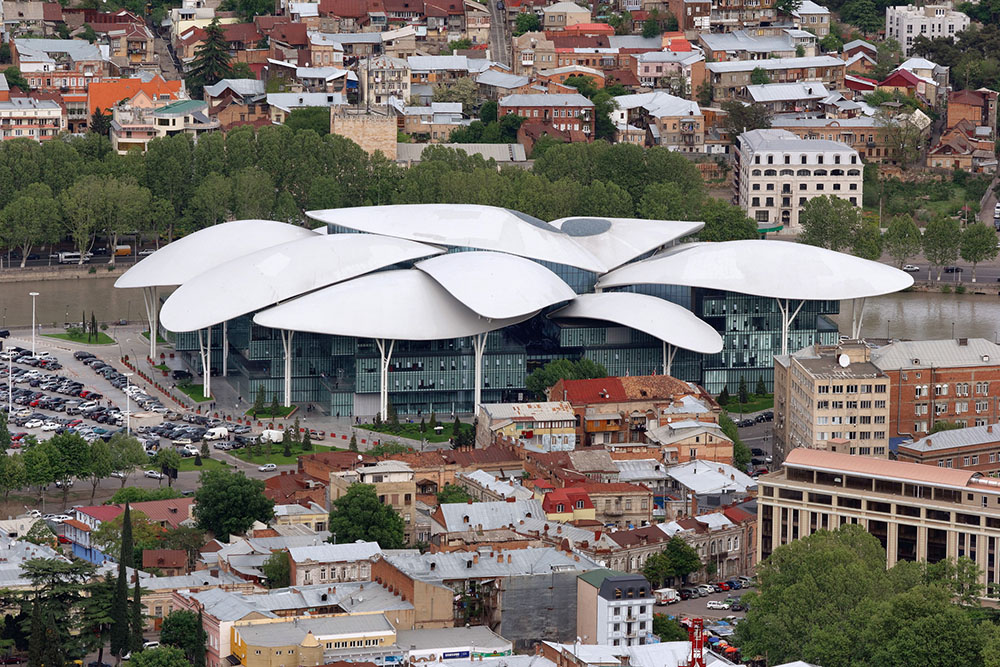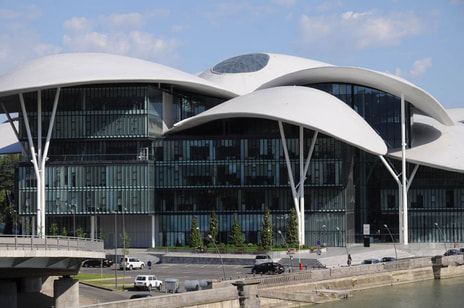Essential Materials & the Architects that love them
Zaha Hadid
|
Zaha Hadid's practice is at the forefront of using new materials to express the complex geometries they create through parametric design. Although they are famed for making concrete appear weightless, many of their building's skins are clad in different types of composite fibres. The Heydar Aliyev Center in Baku, for example, uses Glass Fibre Reinforced Polyester (GFRP) to create an almost seamless flowing exterior. Their recent extension to the Serpentine Sackler Gallery in London uses much the same technique, with their experimental materiality even extending into the design of superyachts.
|
SFMOMA San Francisco
|
The San Francisco Museum of Modern Art (SFMOMA, San Francisco, CA, US) expansion has received a lot of press, and for good reason: It is, to date, the largest architectural use of fiber-reinforced plastic (FRP) in a US building project — more than 700 panels, some as large as 1.5m wide by 9m long, totaling 7804m2 on a contoured 10-story façade. It is the first time a composite system has passed the rigorous fire-regulation testing that permits its use above the fourth story on a high-rise exterior in the US. Missing from the accolades for this high-profile example of the rapid change in building skin technology is the manufacturing story behind the headlines: The step-by-step production process used to make and, just as important, Kreysler & Associates’ (American Canyon, CA, US) pre-production preparation for, the integrated cladding/unitized panels that helped make the SFMOMA expansion’s façade a much heralded piece of municipal art.
|
Dior Flagship Store In Seoul
|
Architect Christian de Portzamparc worked together with local architects DPJ & Partners, to create the Christian Dior Flagship Store, located in Seoul, South Korea. The exterior of the building features a sculptural white facade, that was inspired by the shapes and movement of the fabrics in Dior’s fashion collection.The fabric inspired facade, was made from large panels of GFRP (glass fiber reinforced panels).
Here are some photos of the forms that were made to create the panels. |
Artscience Museum In Singapore / Safdie Architects
|
The design of the Museum is composed of two principle parts. The base, which is embedded in the earth and surrounded by the Bay’s water and a giant lily pond, and a flower-like structure made of 10 petals, generated by the geometry of spheroids of varying radii that seemingly floats above the landscaped pond base. The petals, or fingers as some refer to them, rise towards the sky with varying heights, each crowned by a skylight which draws in daylight penetrating the base and illuminating the galleries within.
The dish-like roof form collects rainwater and drains it through an oculus, creating a waterfall through the center of the museum that feeds an interior pond. The asymmetrical museum structure, conceived by Arup, reaches upward into the skyline as high as 60 meters and is supported by an elaborate steel lattice structure. This assembly is supported by ten columns and tied down at its center by a basket-like diagrid–a sculptural centerpiece that accommodates the asymmetrical forces that the building’s form generates. The result in an efficient resolution of the structural forces for the building, giving it a seemingly weightless quality as it hovers above the ground. |
Tbilisi Public Service Hall / Studio Fuksas
|
The building is made up of 7 volumes that contain offices (each volume is made up of 4 floors located on different levels). These volumes are placed around a "central public square", which is the core of the project, where there is the front office services. Offices are connected to each other by internal footbridges that stretches on different levels.
Volumes and the central public space are towered above by 11 big "petals" that are independent both formally and structurally from the rest of the building. Three of those big petals covers the central space. The petals, different for their geometry and dimension, reaches almost 35 meters and they are supported by a structure of steel pillars with a tree shape, visible, as well as the petals, externally and internally from the building. |
Contact us today so we can begin discussing your project needs.
CONTACT US

